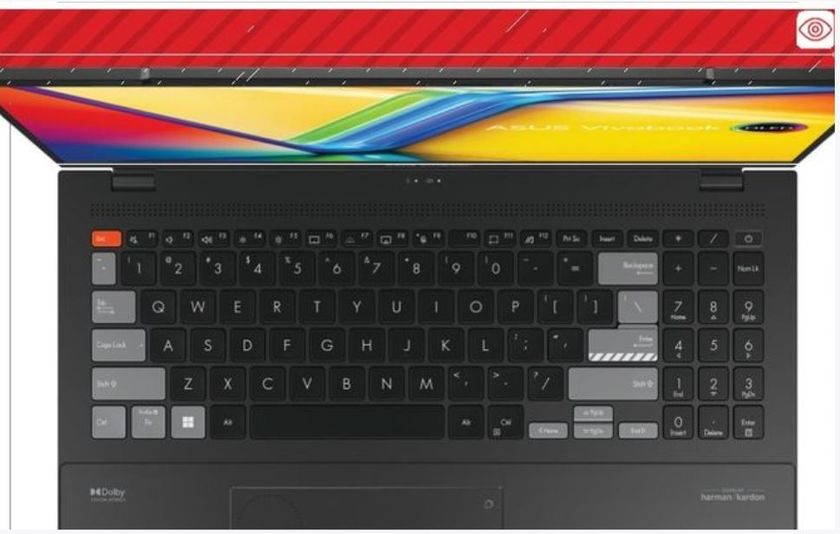TechRadar Verdict
The Amazon Kindle Fire lives up to the hype and delivers more. It's by no mean perfect and there's a laundry list of missing features, but at £125, it's better value for money than any Android tablet and a viable alternative to the iPad.
Pros
- +
Great price
- +
Excellent custom UI
- +
Good build quality
- +
Great new browser
Cons
- -
No cameras
- -
Erratic performance
- -
No Android Market
- -
Only 8GB storage without expansion
Why you can trust TechRadar
The $159 (£129) Amazon Kindle Fire was what the the tech fraternity likes to call a "game-changer." A gadget with the potential to irrevocably alter a sector of the market, by bringing something we've never seen before.
But, a fully fledged Android tablet with a top-level ecosystem of multimedia content for less than half the price of its competitors didn't just change the game, it changed the sport.
The Google Nexus 7 arrived last year priced at $199 ($249 for 16GB) packed with a host of top-level specs and the latest version of Android in tow, while the price for Android tablets in general has fallen steeply with more bargains (like the Acer Iconia 300).
Compare that with a year ago when RIM was still trying to hoodwink us into paying $400-plus for the DOA BlackBerry PlayBook?
But the revolution Amazon started with its 7-inch Android 2.3 Gingerbread tablet, which Amazon diligently plotted for the last couple of years off the back of its Kindle e-reader successes, has been jumped upon by Google and Co., and now the Kindle Fire faces competition from models with improved specs and software, for the same price. How does it stand-up now against the evolving market it created?

Amazon's idea is simple. It believes (and rightfully so) that it can replicate the success of its all-conquering Kindle reader devices by once again taking a hit on the hardware.
The built-in ecosystem of books, magazines, apps and movies Amazon offers allows it to do what RIM, LG, Samsung, Motorola can't and what Apple has no reason to - abandon the principle that profitable hardware is the key. A principal that Google has now adopted with the Nexus 7 rival.
The Kindle Fire is the first Kindle to boast a color screen, a holy grail to some users of the device. And with a 7-inch 1024x600 display it falls at the smaller end of the tablet sphere. With a skinned version of the now-dated Android 2.3 (rather than Ice Cream Sandwich or Jelly Bean) on board, it's also the first to run anything other than Amazon's non-native software.
When Amazon announced the Kindle Fire, and its price point, excitement was at a fever pitch. But it remained a gadget none of us had ever seen or played with. What would be the use of a $159 Android tablet that doesn't work, has a terrible touchscreen or buggy, unusable software? We picked up a device and put it through its paces.
A technology journalist, writer and videographer of many magazines and websites including T3, Gadget Magazine and TechRadar.com. He specializes in applications for smartphones, tablets and handheld devices, with bylines also at The Guardian, WIRED, Trusted Reviews and Wareable. Chris is also the podcast host for The Liverpool Way. As well as tech and football, Chris is a pop-punk fan and enjoys the art of wrasslin'.

This Ryzen-powered NAS is barely bigger than a shoe box and can hold 11 SSDs and HDDs, delivering more than 500TB of storage

This is the world's first 1TB microSD Express card to go on sale, just in time for the launch of the new Nintendo Switch 2

The Logitech Pro X Superlight 2 Dex offers plenty of precision, but I couldn’t get to grips with it










